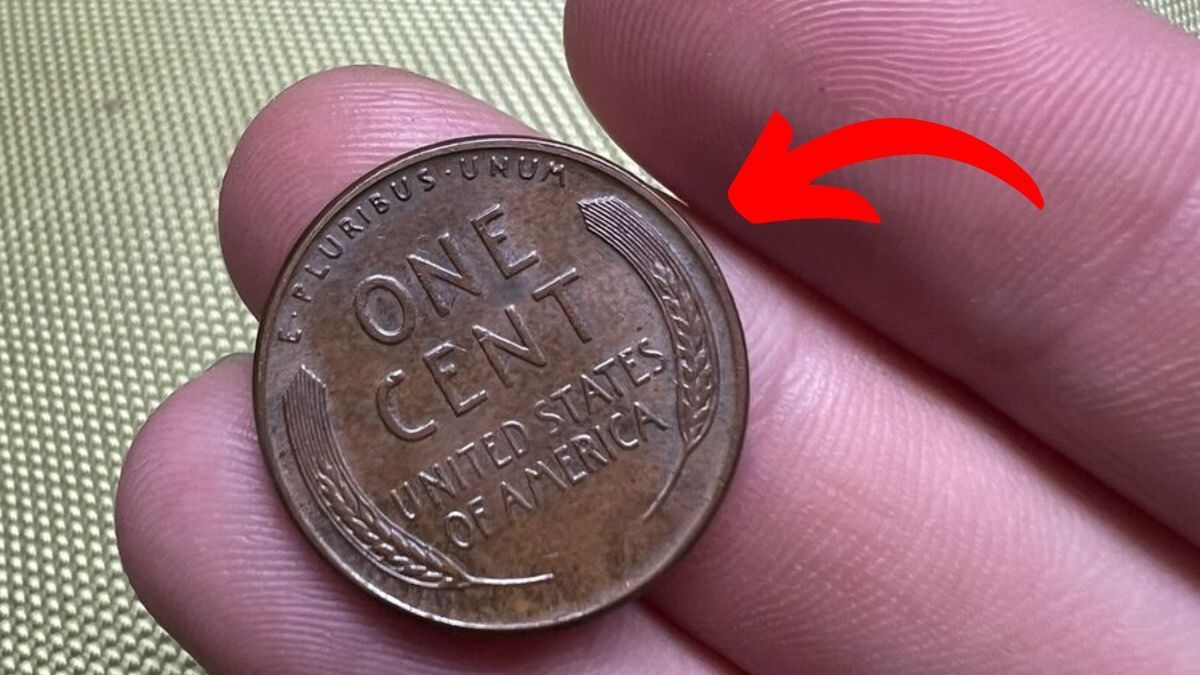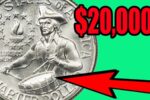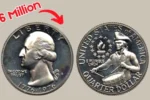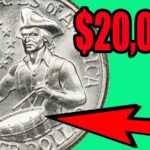The Lincoln Wheat Penny That’s Quietly Making Coin Collectors Rich
Most people don’t give a second thought to the pennies they carry around in their pocket or find at the bottom of an old drawer. But some of these pennies could be worth a lot more than just one cent. In fact, one specific type of Lincoln Wheat Penny has become a hot item among coin collectors — quietly making some lucky people rich without them even knowing it.
In this article, we’ll take a close look at this surprising coin, why it’s valuable, how to tell if you have one, and what to do if you do. This is your chance to learn how a simple old penny could change your financial luck.
Overview Table: Key Facts About the Valuable Lincoln Wheat Penny
| Feature | Description |
|---|---|
| Coin Name | Lincoln Wheat Penny |
| Years Minted | 1909 – 1958 |
| Valuable Type | Certain years with rare mint marks or errors |
| Highest Known Sale | Over $100,000 for rare versions |
| Metal Composition | 95% copper, 5% tin and zinc (older versions) |
| Look For | “S” mint mark, 1909, 1914, 1922, 1955 errors |
| Still Found in Circulation? | Yes, but very rare |
Why Is the Lincoln Wheat Penny So Special?
The Lincoln Wheat Penny, also called the Wheat Cent, was the first U.S. coin to feature a real person — President Abraham Lincoln. It was introduced in 1909 to celebrate the 100th anniversary of Lincoln’s birth. What makes it even more special is the wheat stalk design on the back, which gives it the name “Wheat Penny.”
While most of these pennies are only worth a few cents today, some specific ones are extremely rare and can be worth thousands of dollars. These rare versions are usually valuable because of:
-
Low mintage years (fewer were made)
-
Minting errors (like double dies or no mint mark)
-
Great condition (uncirculated or nearly perfect)
If you find one with the right combination of year, mint mark, and condition, you might be holding a small fortune.
Which Wheat Pennies Are the Most Valuable?
Not every wheat penny is worth more than its face value, but there are some that collectors hunt for and will pay top dollar to get. Here are a few of the most valuable ones:
1. 1909-S VDB
-
One of the rarest and most wanted wheat pennies.
-
“S” means it was minted in San Francisco.
-
“VDB” are the initials of the designer, Victor David Brenner, found on the bottom of the reverse side.
-
Can be worth thousands, especially in good condition.
2. 1914-D
-
“D” stands for Denver Mint.
-
Hard to find and very collectible.
-
Value ranges from hundreds to thousands of dollars depending on condition.
3. 1922 No D
-
Some pennies from 1922 were accidentally made without the “D” mint mark.
-
These error coins are rare and very valuable.

4. 1955 Double Die
-
One of the most famous error coins.
-
The year and letters on the front appear doubled.
-
A clear example can fetch $1,000 or more, even in worn condition.
5. 1943 Bronze
-
Most pennies in 1943 were made from steel because copper was used for World War II efforts.
-
A few were mistakenly made in bronze.
-
These coins are extremely rare and can sell for over $100,000.
How to Tell If You Have a Valuable Wheat Penny
Step 1: Check the Date
Look for the key years listed above. Most valuable wheat pennies were made before 1959.
Step 2: Look for a Mint Mark
Find the letter under the year. An S (San Francisco) or D (Denver) can make a big difference.
Step 3: Examine the Coin Closely
Use a magnifying glass to check for any errors like doubling or missing letters.
Step 4: Check the Condition
A shiny, well-preserved coin is worth more than one that’s scratched or heavily worn.
Step 5: Weigh It (If Possible)
Especially for the 1943 penny, weighing it can reveal if it’s steel or the rare bronze version.
If you think you have a valuable penny, consider getting it looked at by a coin dealer or sending it to a coin grading service.
What to Do If You Find One
So, let’s say you’re digging through old change and spot a wheat penny. It’s from 1914. It has a “D” mark. What now?
-
Don’t Spend It!
Never spend or toss away an old penny without checking it first. -
Protect the Coin
Keep it in a small plastic holder or bag to avoid damage. -
Research or Ask a Professional
Visit a local coin shop or check coin collector websites to get an idea of its value. -
Consider Getting It Graded
A certified grade from companies like PCGS or NGC can increase the coin’s value. -
Sell or Keep It
You can list the coin for sale online, at auctions, or keep it as an investment.
Frequently Asked Questions (FAQs)
1. How can I tell if a wheat penny is valuable?
Look for key years (like 1909, 1914, 1922, 1943, and 1955), mint marks, and error signs. Condition also plays a big role.
2. Are wheat pennies still in circulation?
They are very rare in circulation today, but they sometimes show up in old jars, wallets, or coin collections.
3. What is the most valuable wheat penny ever sold?
The 1943 bronze wheat penny sold for over $100,000 at auction due to its rarity.
4. Should I clean my old penny before selling it?
No. Cleaning can reduce a coin’s value. Collectors prefer coins in their original, untouched state.
5. Where can I sell a rare penny?
Try local coin shops, reputable coin dealers, online marketplaces, or auction houses that specialize in rare coins.
Final Thoughts
The next time you’re sorting through loose change, don’t ignore those old pennies — especially the ones with wheat stalks on the back. One of them might just be the Lincoln Wheat Penny that’s making collectors rich. Whether it’s hiding in a coin jar, a drawer, or handed to you in change, that little piece of copper could be worth hundreds or even thousands of dollars.
Coin collecting isn’t just a hobby — for some, it’s a hidden treasure hunt. So, keep your eyes open. You never know what history — or fortune — you might find in your pocket.













